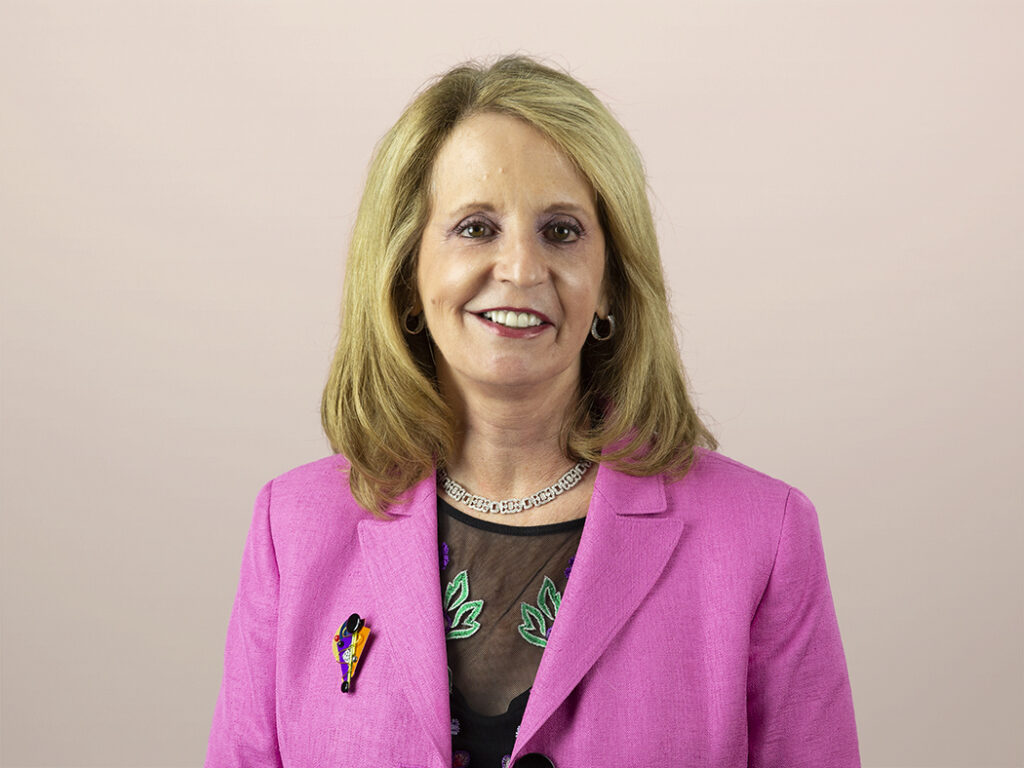CMOs And CIOs: The New C-Suite Power Couple?
Over the past few weeks, I’ve had the pleasure of moderating panel discussions on the importance of a strong working relationship between CMOs and CIOs at the Direct Marketing Association 2013 Strategic Summit and the Forbes CMO Summit. Both panels were composed of a mix of CMOs and CIOs from some of the best-known organizations including Google, IBM, Microsoft, Akamai, Motorola Solutions, Collective and more. All of the participants reinforced the critical need to find a way to work together more closely. But they describe it more as a marriage of necessity than a relationship they are excited about.
It’s clear these two C-execs haven’t reached power couple status quite yet. In fact, a recent Accenture report confirms that while on the surface, CMOs and CIOs seem to agree, only one in 10 marketing and IT executives in that study said collaboration is at the right level. Taken together with my panel participant’s comments, it’s clear that only some progress is being made to align. In my new report, The CMO And CIO Must Accelerate On Their Path To Better Collaboration (subscription required) for which we partnered with Forbes to do our own investigation into this couple’s dynamics, we find that more collaboration is still needed. In other words, the relationship between CMOs and CIOs is in need of serious couple’s therapy.
Today, at Forrester’s Forum For CMOs And CIOs in beautiful Napa Valley, Forbes publisher Rich Karlgaard and I will talk to another set of CMOs and CIOs about the findings of this joint survey, in which more than 300 marketing and IT leaders assessed the maturity of their partnership.
The survey results show that while some progress has been made since we did this survey in 2011, true collaboration remains a long way off in the areas of technology selection and joint project implementation. Regarding critical dimensions of people, process, and technology, CMOs and CIOs are still not seeing things equally:
- Teams are not focused on the right things. While CMOs are on the frontlines of customer engagement, CIOs who focus on the back office and reducing costs often miss the pace of customer demands that rule their CMOs’ lives. It’s no surprise then that ‘people’ is the area needing the most work. The two largest gaps between marketing and IT responses in this year’s survey were: 1) the lack of agreement on strategic priorities (a 20 percentage point gap) and 2) the absence of IT resources with marketing skills (a 30 percentage point gap). To close these gaps, CMOs and CIOs must ensure that their organizations are aligned, hire people who can handle the technical needs of engaging with customers, and measure them with common goals and metrics.
- Process has improved, but timing still lags. Since our 2011 survey, agreement between marketing and IT on joint processes has improved by 11%. Specifically, marketers and technology executives are confident that they share responsibility for marketing technology projects and participate in joint steering committees to approve marketing projects. But marketing wants the tools delivered yesterday, and IT’s disciplined processes often slow implementation down to below what marketing can tolerate. To resolve this disconnect and avoid marketing going rogue, IT needs to step on the accelerator and find new ways to meet marketing time-to-market needs.
- Technology to support marketing is more dream than reality. While technology remains the strongest area of alignment, more joint intervention is needed. To thrive in the age of the customer, CMOs and CIOs must collectively turn their attention to defining a marketing technology strategy that supports the business and delivers the goods — the ability to create a single view of the customer that produces actionable insights and consistent customer experiences. An IBM Institute for Business Value study found that generating customer insights is the top priority for CEOs worldwide. Working together, CMOs and CIOs can advance their standing in CEOs’ eyes by delivering a joint solution to make better use of data and analytics in the business.
CMOs and CIOs are on the cusp of transforming their firms into customer-obsessed enterprises. Some of the speakers at our event have unlocked the magic that this collaboration can yield, and we’ll share what we can after the event.
What are you doing to learn from these lessons? Are you going it alone or working with your CIO? I’d love to hear your comments and perspectives about this topic. Please reach out to me at via email, on my blog, or on my Twitter account with your thoughts.
